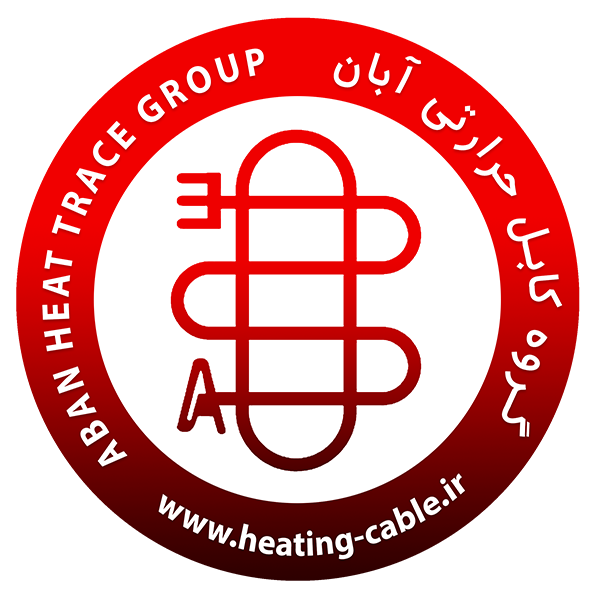ABAN HEAT TRACE GROUP electrical trace heating cables, are used to counteract the effects of heat lost from process pipe and tanks equipment. This dissipation allows a drop in temperature, bringing about unacceptable consequences such as frozen pipes, reduced fluid viscosity, etc
The use of heat trace cable replaces the heat lost, maintaining the desired temperature through the application of the required wattage. There are two general categories of Electrical Heat Trace Cable: Constant Wattage and Self-Limiting, or Self-Regulating cable Each style of heat trace cable serves different applications.
Which cable do i need
Selecting the proper cable depends on many different factors such as: The pipe size, exposure temperatures, ambient conditions, insulation type and thickness, maintenance temperatures, heat up rate, the corrosiveness of the environment, flow rate, and type of material involved all play a part in determining which cable is best for your application
Differences of Constant wattage cable & Self-regulating cable Constant Wattage Heating Cable: This style of heat trace cable is designed to put out a certain amount of wattage per linear foot at a particular voltage It is always putting out the designed watts per meter, no matter what the surface or ambient temperature is
This means that in most situations, the heating cable is continually pumping heat into the vessel or pipe being maintained or heated. in some types, If the heat trace cable is not attached to some kind of control device, it has the potential to overheat itself. This would not only ruin the cable, but could cause damage to whatever it is being used on. So constant wattage cable must be controlled by some means
Self-Limiting, or Self-Regulating Cable: This cable will self-adjust its power output in relation to the surface temperature as well as ambient conditions. In other words, the hotter the conditions get, the lower the wattage output becomes. This characteristic allows this type of cable to be used without a control device. However, if a particular temperature is required, then a control device must be used. Higher temperature maintenance, and long pipes and higher maximum exposure temperatures will use the constant wattage cables. Lower temperature maintenance applications, like freeze protection, can use the self-limiting cable, although constant wattage cable can be used too



